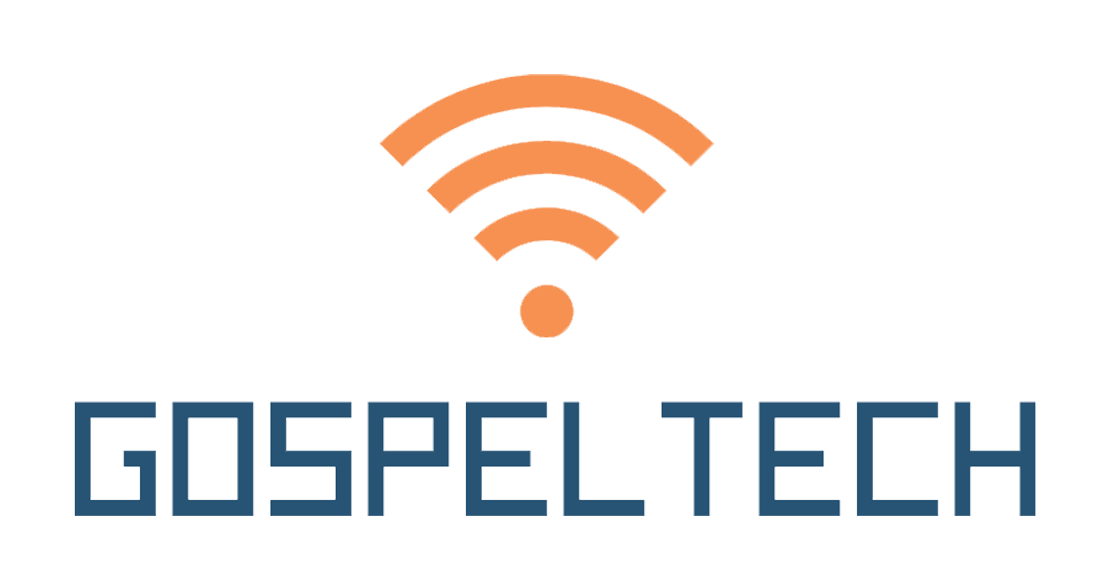Assessing Healthy Tech
This is the first in a series of “start here” posts. If you’re new to Gospel Tech, or if you’re just beginning to engage in this conversation around healthy tech, these posts are the starting point. When it comes to discussions around tech, I’ve found it helpful to begin by defining terms so we are all talking about the same thing.
This post will help give you two helpful definitions as well as a quick assessment of tech health. These are terms and tools I want every family to be familiar with so we can be equipped to accurately and honestly discuss our tech use. If our goal is to honor God in all we do, we must start here.
How can you know if your child’s tech use is healthy or harmful? There are two questions to help you determine tech health:
- Is it drool tech or tool tech?
- How does it affect your RESET?
Tool Tech vs. Drool Tech
This comparison does not imply good vs. bad tech, but rather compares what each type of tech does. Tool Tech is designed to help you create. Drool Tech is designed to help you consume.
Tool Tech
Tool Tech helps you do your job, facilitates creativity, and bolsters efficiency. Tool Tech stops working when you stop. You can’t get overstimulated because there aren’t any behavioral loops to build a habit while using the product. Examples of tool tech include: Microsoft Word, Google Docs, AutoCAD, a 3D printing program, email, etc.
Drool Tech
Drool Tech keeps you entertained. This may seem harmless enough, but here’s the catch: drool tech wants to take your time, your focus, and your money. Drool tech companies design their products to hook their users into staying longer or coming back more often than they originally intended. This is how they make money and they’re really good at it. Here are a few examples of drool tech: streaming services such as Netflix or Youtube, newsfeeds, social media apps, and video games.
Why Does it Matter?
Understanding the difference between tool tech and drool tech can help you determine how you want it to be used in your home. Tool tech is more likely to be beneficial, though it can also be misused. Getting too focused on a project can cause you to neglect other responsibilities. But that’s a heart issue, not a design issue. Drool tech intentionally paves the way for users to build unhealthy habits so that the company makes more money, and that’s a problem. However, drool tech, when used well, can also improve enjoyment. Positive drool tech could include the following: Family movie nights, educational shows that encourage creativity, audiobooks that inspire play and real life adventures.
Now that you’ve differentiated between the tool tech and drool tech in your home, have a conversation about it with your family. Decide how much time you want your child to spend on each activity. Finally, take a look at how tool tech or drool tech are affecting your child’s RESET.
RESET
RESET is an acronym used to guide meaningful tech conversations with your children. Ask how technology is affecting these five areas necessary for overall health and well-being:
- Relationships and Responsibilities: Does tech get in the way of your family relationships or hinder you from following through with commitments at school, sports or work?
- Enjoyment: Has tech become an escape from reality or are you able to enjoy other things?
- Sleep: Does tech affect your sleep which automatically inhibits your ability to process emotions and information?
- Emotions: Does tech drastically alter your mood and reactions?
- Time: Does tech take too much of your time and hinder you from your other priorities?
Take some time to answer these questions with your child and grade them on how their tech use is affecting their RESET. If they are functioning well in all of these areas, then their tech use is probably healthy! However, if tech is interfering with their RESET, it’s time to take a step back and lovingly help them to get healthy.
For more on that, check out the next article in the START HERE series.







0 Comments